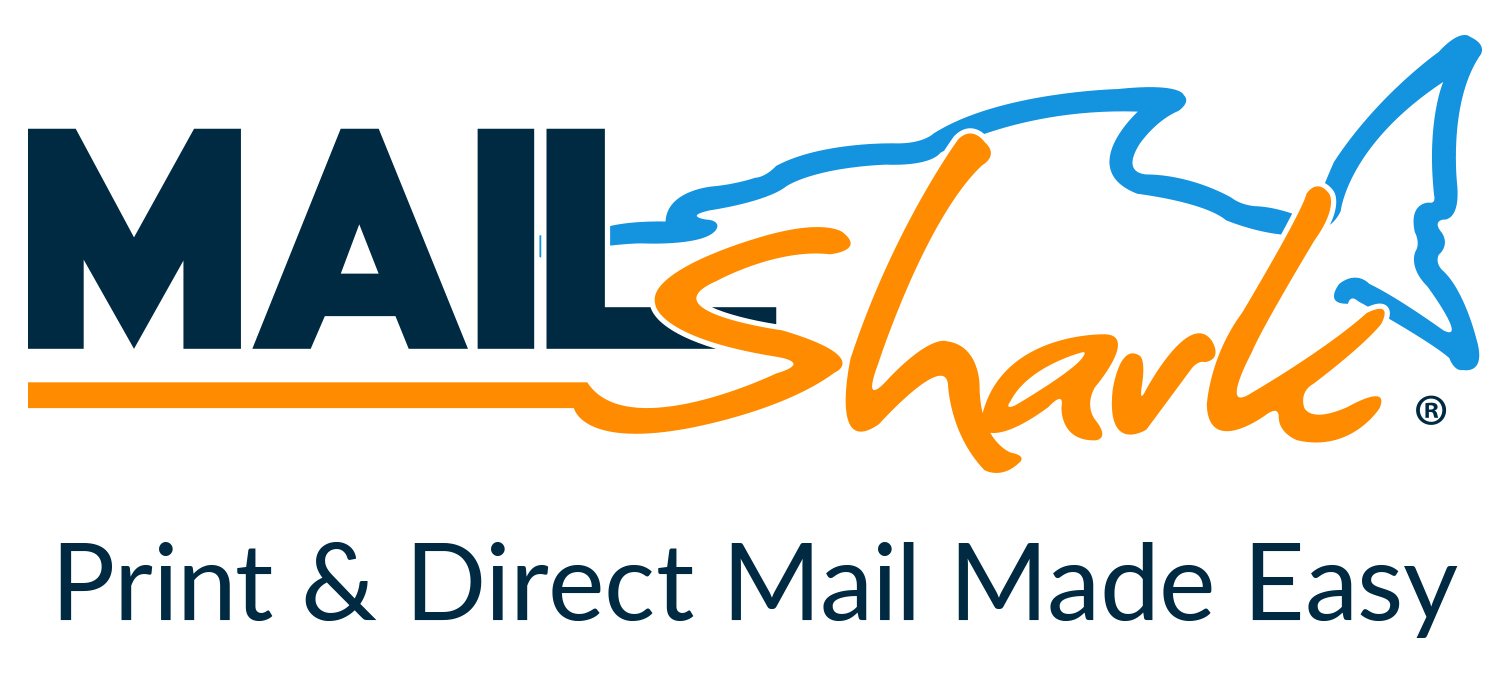Aro & car count critique my numbers
-
Have you checked out Joe's Latest Blog?
-
By Joe Marconi in Joe's Blog5 commentsI recently spoke with a friend of mine who owns a large general repair shop in the Midwest. His father founded the business in 1975. He was telling me that although he’s busy, he’s also very frustrated. When I probed him more about his frustrations, he said that it’s hard to find qualified technicians. My friend employs four technicians and is looking to hire two more. I then asked him, “How long does a technician last working for you.” He looked puzzled and replied, “I never really thought about that, but I can tell that except for one tech, most technicians don’t last working for me longer than a few years.”
Judging from personal experience as a shop owner and from what I know about the auto repair industry, I can tell you that other than a few exceptions, the turnover rate for technicians in our industry is too high. This makes me think, do we have a technician shortage or a retention problem? Have we done the best we can over the decades to provide great pay plans, benefits packages, great work environments, and the right culture to ensure that the techs we have stay with us?
Finding and hiring qualified automotive technicians is not a new phenomenon. This problem has been around for as long as I can remember. While we do need to attract people to our industry and provide the necessary training and mentorship, we also need to focus on retention. Having a revolving door and needing to hire techs every few years or so costs your company money. Big money! And that revolving door may be a sign of an even bigger issue: poor leadership, and poor employee management skills.
Here’s one more thing to consider, for the most part, technicians don’t leave one job to start a new career, they leave one shop as a technician to become a technician at another shop. The reasons why they leave can be debated, but there is one fact that we cannot deny, people don’t quit the company they work for, they usually leave because of the boss or manager they work for.
Put yourselves in the shoes of your employees. Do you have a workplace that communicates, “We appreciate you and want you to stay!”
-
-
Similar Topics
-
By carmcapriotto
In this week’s episode, Hunt gets into the financial intricacies faced by auto repair shop owners, from refinancing debts and selling shops to securing new mortgages in today’s unpredictable market. He explores the strategies and tips to steer through the banking hurdles and optimize your financial operations.
• Market Update & Interest Rates: Starting with a quick market update, Hunt discusses the current state of interest rates and how they're affecting both personal and commercial loans. Despite the unchanged rates by the Federal Reserve, the historical highs are impacting mortgage affordability and commercial borrowing costs.
• Loan Acquisition Challenges: The episode sheds light on the complexities of acquiring loans in the current financial climate. Hunt discusses the often opaque criteria banks use to approve loans, offering some tips for what shop owners can do to increase their chances of securing financing.
• Listener Q&A and Acknowledgments: A special thanks to listeners for their engaging questions in the previous mailbox episode. Your curiosity fuels our content, and we’re here to address your concerns, guiding you toward informed financial decisions for your auto repair shop.
• Rapid Fire Tips for Financial Management: Closing the episode, Hunt offers some rapid-fire advice for managing your finances better, from understanding the nuances of loan interest rates to practical tips for ensuring your business stays liquid and prepared for any financial challenges ahead.
Thanks to our partners, NAPA TRACS and Promotive
Did you know that NAPA TRACS has onsite training plus six days a week support?
It all starts when a local representative meets with you to learn about your business and how you run it. After all, it's your shop, so it's your choice.
Let us prove to you that Tracs is the single best shop management system in the business. Find NAPA TRACS on the Web at NAPATRACS.com
It’s time to hire a superstar for your business; what a grind you have in front of you. Great news, you don’t have to go it alone. Introducing Promotive, a full-service staffing solution for your shop. Promotive has over 40 years of recruiting and automotive experience. If you need qualified technicians and service advisors and want to offload the heavy lifting, visit www.gopromotive.com.
Paar Melis and Associates – Accountants Specializing in Automotive Repair
Visit us Online: www.paarmelis.com
Email Hunt: [email protected]
Get a copy of my Book: Download Here
Aftermarket Radio Network
Click to go to the Podcast on Remarkable Results Radio
-
By carmcapriotto
Thanks to our partners, NAPA TRACS and Promotive
Did you know that NAPA TRACS has onsite training plus six days a week support?
It all starts when a local representative meets with you to learn about your business and how you run it. After all, it's your shop, so it's your choice.
Let us prove to you that Tracs is the single best shop management system in the business. Find NAPA TRACS on the Web at NAPATRACS.com
It’s time to hire a superstar for your business; what a grind you have in front of you. Great news, you don’t have to go it alone. Introducing Promotive, a full-service staffing solution for your shop. Promotive has over 40 years of recruiting and automotive experience. If you need qualified technicians and service advisors and want to offload the heavy lifting, visit www.gopromotive.com.
Paar Melis and Associates – Accountants Specializing in Automotive Repair
Visit us Online: www.paarmelis.com
Email Hunt: [email protected]
Get a copy of my Book: Download Here
Aftermarket Radio Network
Click to go to the Podcast on Remarkable Results Radio
-
By carmcapriotto
In the latest episode of Business by the Numbers, Hunt Demarest, CPA at Paar Mellis & Associates, tackles your top questions on taxes, accounting, and navigating government policies for small businesses. This episode explores how recent government actions like the budget deal affect your business, alongside evergreen topics like:
• Paying Yourself: What's the best way to balance salary and dividends, especially considering different business structures like S corporations and sole proprietorships?
• Succession Planning: How can you smoothly transfer your business to a family member, weighing the pros and cons of stock vs. asset sales?
• Accounting Methods: The real impact of choosing between accrual and cash accounting for your business's financial health.
• Overtime Calculations: Navigating the complexities of overtime pay, focusing on the nuances of bonuses in your payroll.
Thanks to our partners, NAPA TRACS and Promotive
Did you know that NAPA TRACS has onsite training plus six days a week support?
It all starts when a local representative meets with you to learn about your business and how you run it. After all, it's your shop, so it's your choice.
Let us prove to you that Tracs is the single best shop management system in the business. Find NAPA TRACS on the Web at NAPATRACS.com
It’s time to hire a superstar for your business; what a grind you have in front of you. Great news, you don’t have to go it alone. Introducing Promotive, a full-service staffing solution for your shop. Promotive has over 40 years of recruiting and automotive experience. If you need qualified technicians and service advisors and want to offload the heavy lifting, visit www.gopromotive.com.
Paar Melis and Associates – Accountants Specializing in Automotive Repair
Visit us Online: www.paarmelis.com
Email Hunt: [email protected]
Get a copy of my Book: Download Here
Aftermarket Radio Network
Click to go to the Podcast on Remarkable Results Radio
-
By carmcapriotto
What if there's a fire in your shop? An oil spill? A natural disaster or God forbid, a death? How do you prepare for that? Well, This week, Hunt talks about preparing for the unexpected:
Vision Expo: Hunt shares experiences and insights from attending the Vision Expo in Kansas City, emphasizing the importance of community and industry events. Importance of Preparedness: The significance of being ready for unforeseen incidents, such as theft or natural disasters, affecting auto repair shops. Insights from Roundtable Discussions and Classes: Valuable lessons from discussions and classes, including managing risks and implementing preventive measures. Understanding Insurance Coverages: The necessity of comprehending what business insurance covers, identifying coverage gaps, and making sure you have comprehensive protection. Preventive Measures Against Risks: Steps to minimize risks associated with fires, accidents, and other potential threats to auto repair shops. Contingency Planning: The need for having a solid contingency plan to tackle unexpected situations effectively. Financial Readiness and Strategic Planning: Emphasizes the role of financial preparedness and strategic planning in fostering long-term success and stability for auto repair shop owners.
Thanks to our partners, NAPA TRACS and Promotive
Did you know that NAPA TRACS has onsite training plus six days a week support?
It all starts when a local representative meets with you to learn about your business and how you run it. After all, it's your shop, so it's your choice.
Let us prove to you that Tracs is the single best shop management system in the business. Find NAPA TRACS on the Web at NAPATRACS.com
It’s time to hire a superstar for your business; what a grind you have in front of you. Great news, you don’t have to go it alone. Introducing Promotive, a full-service staffing solution for your shop. Promotive has over 40 years of recruiting and automotive experience. If you need qualified technicians and service advisors and want to offload the heavy lifting, visit www.gopromotive.com.
Paar Melis and Associates – Accountants Specializing in Automotive Repair
Visit us Online: www.paarmelis.com
Email Hunt: [email protected]
Get a copy of my Book: Download Here
Aftermarket Radio Network
Click to go to the Podcast on Remarkable Results Radio

-
By carmcapriotto
This week, Hunt takes a deep dive into the hot-button issue of price increases within the auto repair sector. He offers a nuanced examination of vendor pricing, market dynamics, and the psychological elements of setting rates in your business. With examples from real-life scenarios, this episode is a treasure trove for auto repair shop owners striving for balance between profitability and customer loyalty in today’s volatile economic climate.
• The Psychology of Pricing: Unpacking the reaction to vendor price increases and what it reveals about our own pricing strategies.
• Market Dynamics: Exploring the balance between cost, value, and competition in the auto repair industry.
• Strategic Decision-Making: How to navigate the complexities of pricing decisions to ensure business growth and sustainability.
• Real-Life Examples: Actual examples from a shop owners' group debate to illustrate broader industry challenges.
Thanks to our partners, NAPA TRACS and Promotive
Did you know that NAPA TRACS has onsite training plus six days a week support?
It all starts when a local representative meets with you to learn about your business and how you run it. After all, it's your shop, so it's your choice.
Let us prove to you that Tracs is the single best shop management system in the business. Find NAPA TRACS on the Web at NAPATRACS.com
It’s time to hire a superstar for your business; what a grind you have in front of you. Great news, you don’t have to go it alone. Introducing Promotive, a full-service staffing solution for your shop. Promotive has over 40 years of recruiting and automotive experience. If you need qualified technicians and service advisors and want to offload the heavy lifting, visit www.gopromotive.com.
Paar Melis and Associates – Accountants Specializing in Automotive Repair
Visit us Online: www.paarmelis.com
Email Hunt: [email protected]
Get a copy of my Book: Download Here
Aftermarket Radio Network
Click to go to the Podcast on Remarkable Results Radio
-
-
-
Our Sponsors


.thumb.jpg.2b345efc275b9df0af2bbb306a10a78a.jpg)












Recommended Posts
Create an account or sign in to comment
You need to be a member in order to leave a comment
Create an account
Sign up for a new account in our community. It's easy!
Register a new accountSign in
Already have an account? Sign in here.
Sign In Now